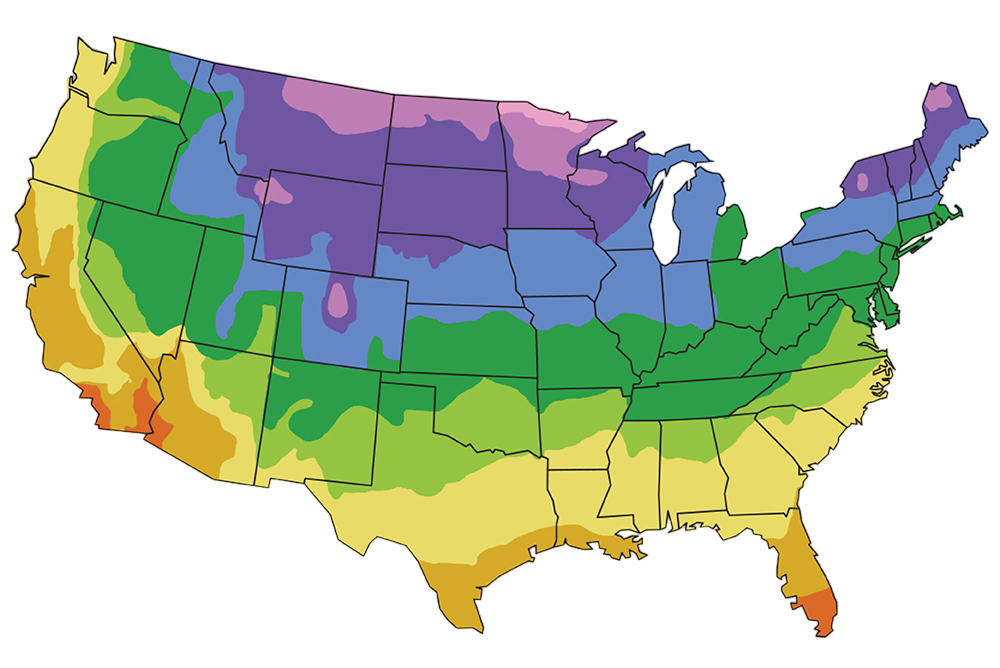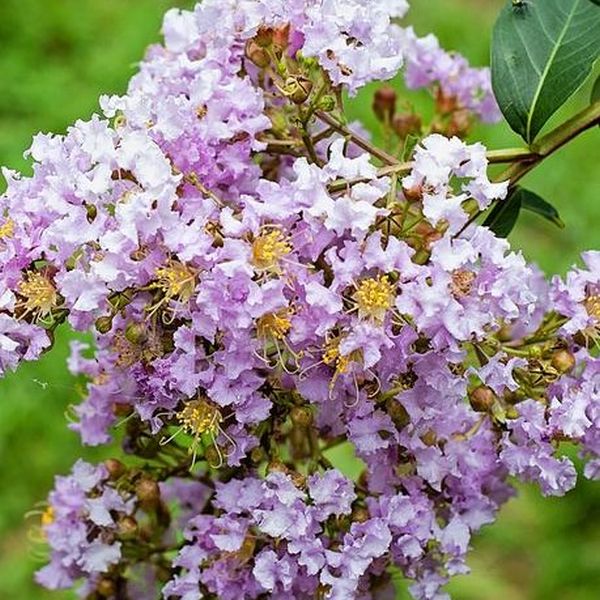
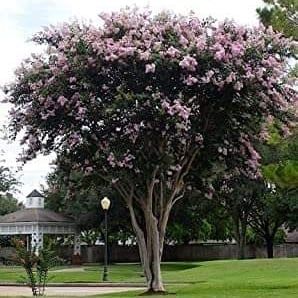

Muskogee Crape Myrtle
Lagerstroemia indica x fauriei 'Muskogee'
92 reviews
Muskogee Crape Myrtle
Lagerstroemia indica x fauriei 'Muskogee'
92 reviews
3.5 Gallon 4-5 Feet Multi Stem
We are sorry, product is currently out of stock due to seasonal availability. Please check the "Related plants available in your area" section below
Not just beautiful - intentionally selected by ShrubHub's 3D landscape design team to fit real-world spaces and maximize yard potential.
Why Muskogee Crape Myrtle?
The Muskogee Crape Myrtle is a popular flowering tree known for its stunning lavender-pink blooms that appear in midsummer. It is a hybrid of two crape myrtle species, Lagerstroemia indica and L. fauriei, and is highly resistant to disease and pests. With a mature height of up to 25 feet and a spreading canopy, it makes a beautiful addition to any landscape. It also offers attractive bronze fall foliage and bark that peels to reveal a smooth cinnamon color.
Sunlight
Muskogee Crape Myrtle requires full sun exposure to thrive.
Watering
Muskogee Crape Myrtle has moderate watering requirements. It prefers moist, well-drained soil and should be watered deeply but infrequently. It is important to avoid overwatering to prevent root rot and other diseases.
Fertilizing
Muskogee Crape Myrtle requires a balanced fertilizer with a 4-4-4 or similar NPK ratio.
The muskogee crape myrtle is simply a fast-growing tree that makes uneasy minds tap into comforting daydreams due to its wondrous beauty. Thanks to its glorious overall appearance, this plant is an embodiment of serenity, elegance, and luxury.
Being a hybrid between the Japanese Crape Myrtle (Lagerstroemia faurei) and the common Crape Myrtle (Lagerstroemia indica), The Lagerstroemia indica x fauriei 'Muskogee' is a deciduous tree that grows up to 20 to 30 feet height and 10 to 15 feet width, with a rapid growth rate of more than 24 inches per year.
Resembling rare purple diamonds, the large showy clusters of the light lavender-pink flowers bring a touch of grace to your outdoor space and beautifully blend with the glossy, oval-shaped dark green foliage.
What makes the muskogee crape myrtles a clever landscape design idea is that their charm is not only limited to their cool lavender undertones and full blooms, but they even boast terrific fall foliage. Blanketing your garden with shades of yellow, orange, and red, the muskogee crape myrtle trees polish your space with year-round interest.
Distinctive features like its impressive sturdiness, cinnamon-hued bark, multi-trunk look and spreading branches, vase-like shape, bursting-with-color blooms, and well-developed root structure make all other competitors pale in comparison.
Drought tolerant, fast-growing, and powdery mildew resistant, this showy plant performs best in areas that receive full sun to partial shade, tolerates clay soil and air pollution, and prefers slightly acidic, well-drained soil. To maintain a healthy tree, prune the muskogee crape myrtle, and remove its damaged branches in late winter or early spring.
Cover your garden with feelings of admiration and royalty with the muskogee crape myrtle! Order yours today!
Plant Information:
| Botanical Name: | Lagerstroemia indica x fauriei 'Muskogee' |
| USDA Zones: | 6 - 9 |
| Water: | Moderate to Low |
| Exposure: | Full Sun |
| Soil Needs: | Well Drained |
| Mature Height: | 15 - 20 feet |
| Mature Spread: | 15 feet |
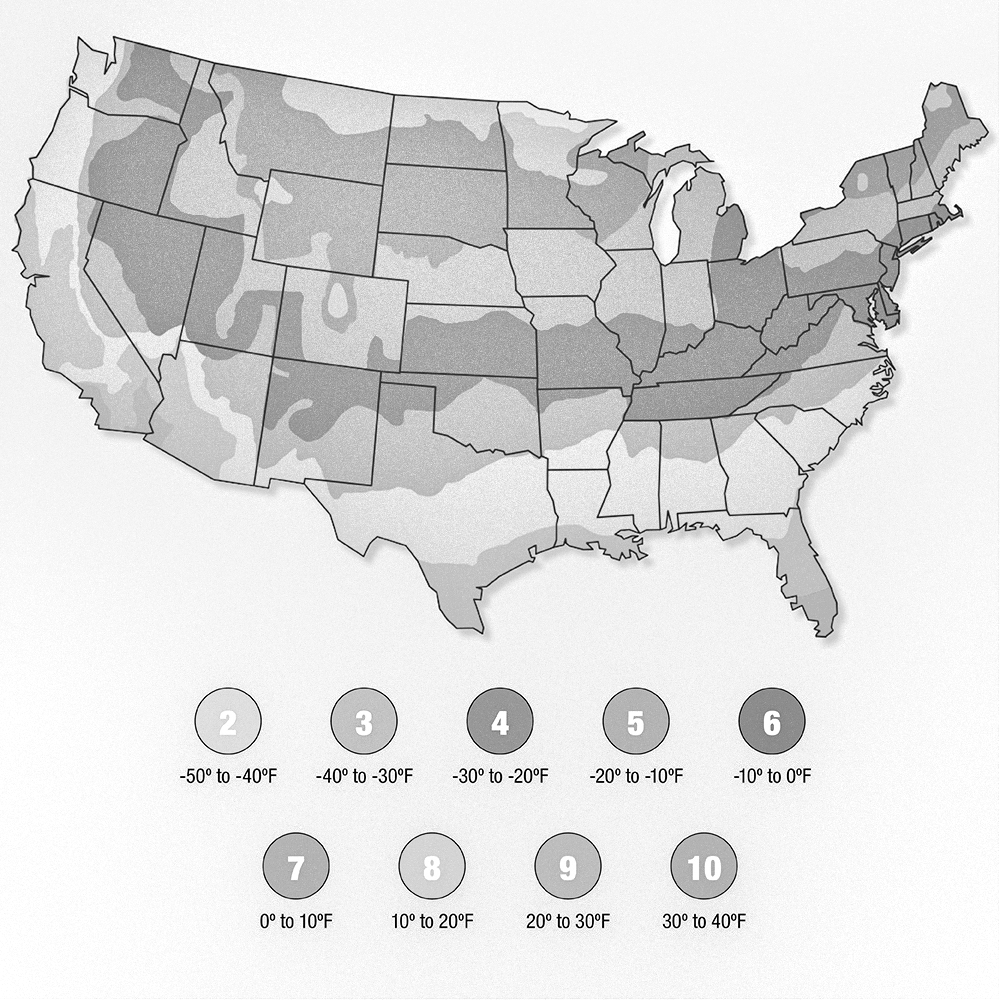
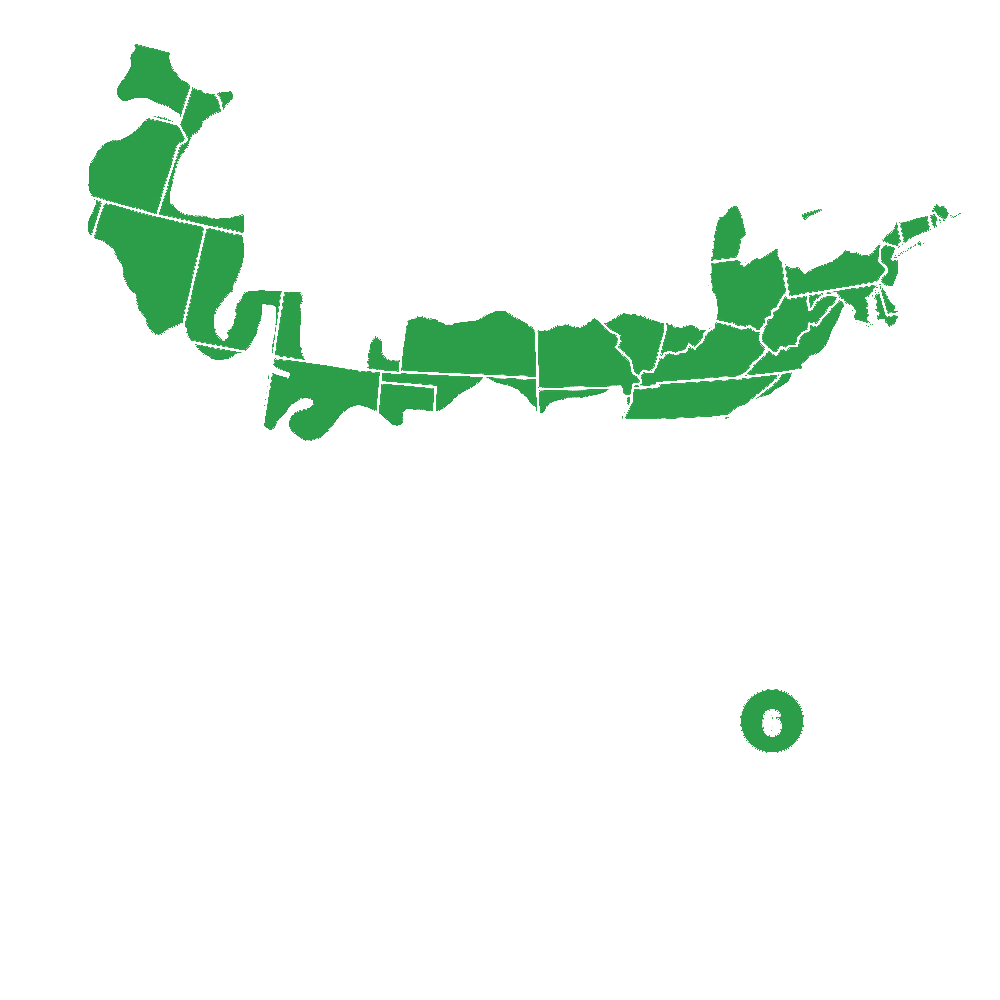
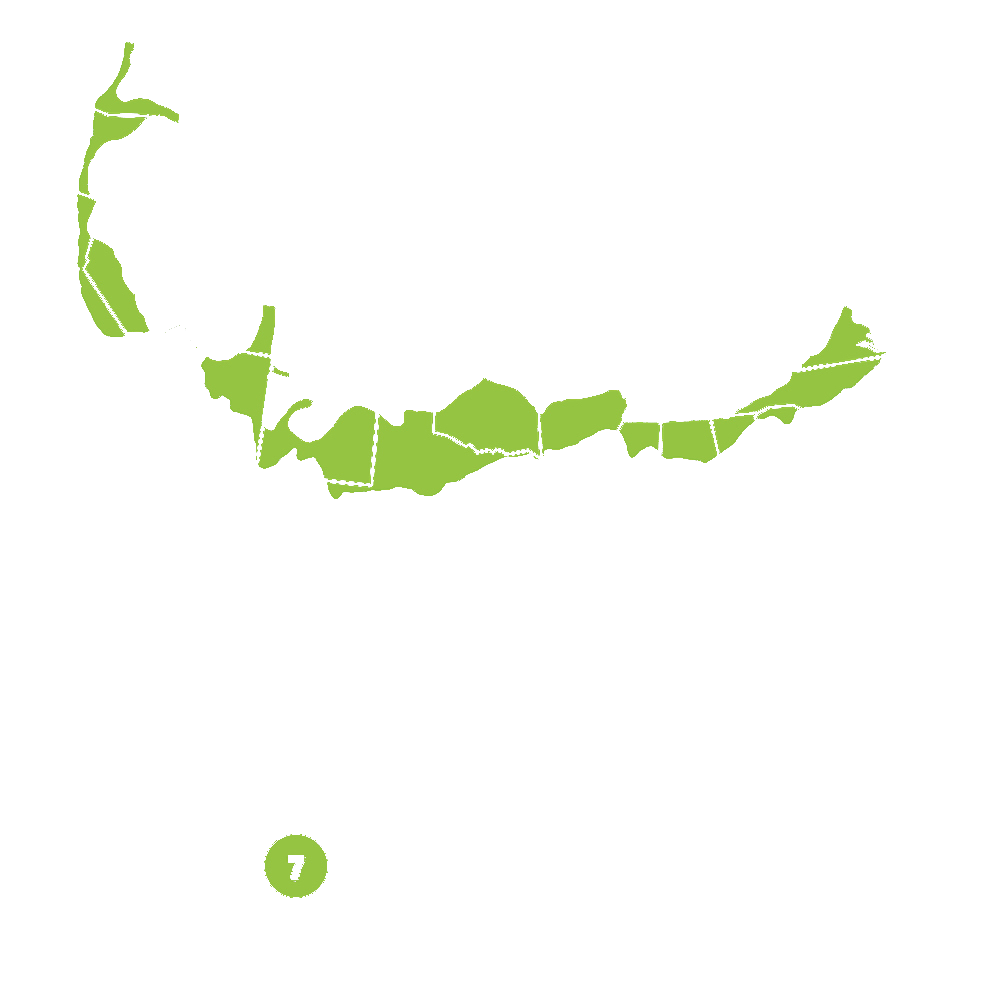
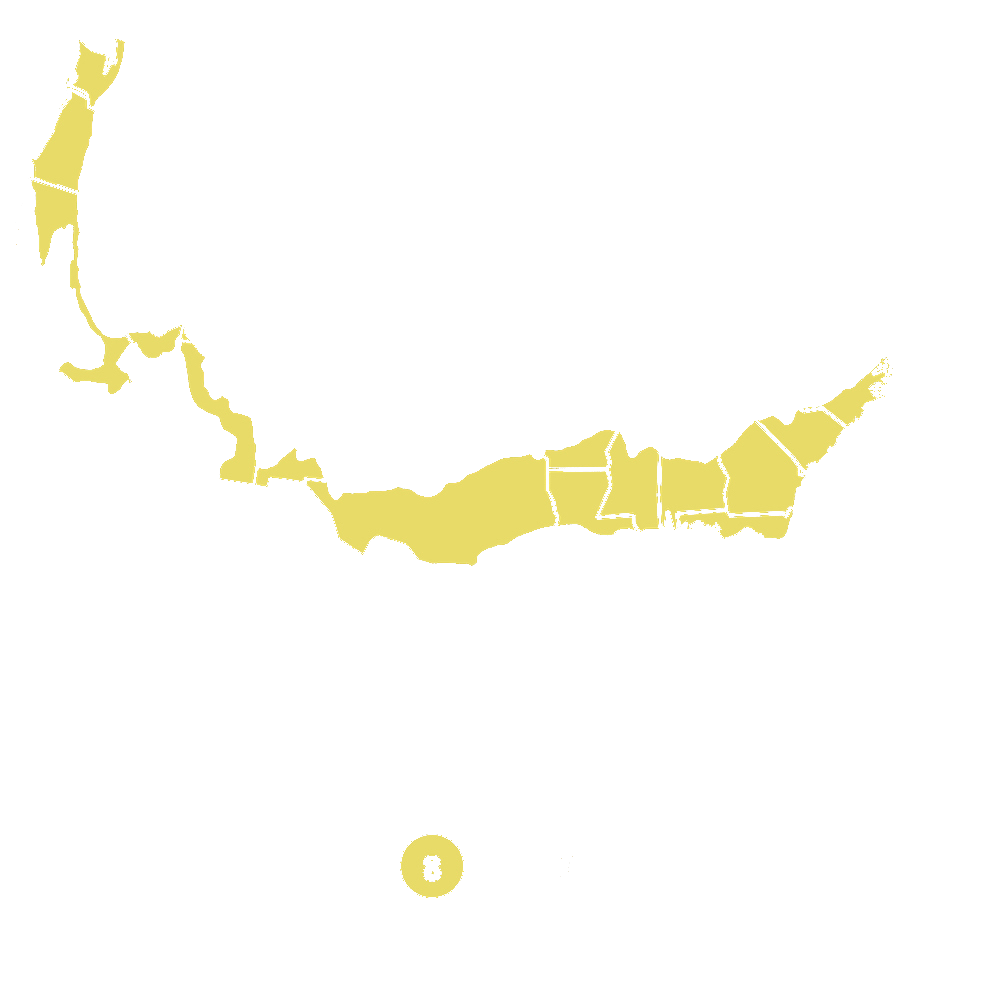
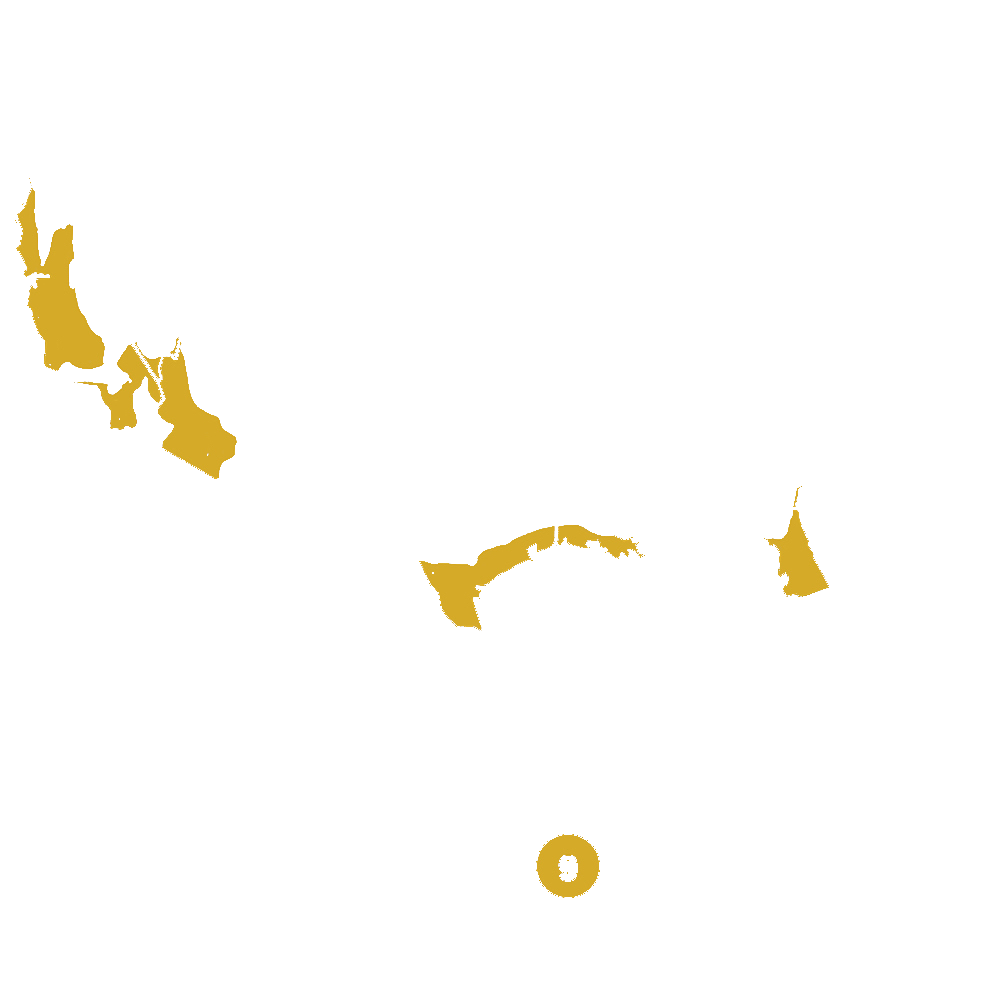
Pollination Info
Pollination Information for Muskogee Crape Myrtle
Muskogee Crape Myrtle (Lagerstroemia indica x fauriei 'Muskogee') is a deciduous plant that produces beautiful blooms in shades of lavender, pink, and white. To ensure the best possible pollination, it is important to understand the following information:
Pollination Process:
Muskogee Crape Myrtles are self-fertile, meaning that they can pollinate themselves, but they still require external pollination to produce the best results. Pollination occurs when pollen from the flower's male reproductive organs (stamens) is transferred to the female reproductive organs (pistil) of another flower. This process can be done through various means, including wind, insects, or hand pollination.
Best Pollination Practices:
- Plant multiple Muskogee Crape Myrtles near each other to increase the likelihood of cross-pollination.
- Encourage insect activity in your garden by introducing native pollinators like bees and butterflies.
- Avoid using pesticides and herbicides that can harm pollinators.
- If hand pollinating, use a small brush or cotton swab to transfer pollen from one flower to another.
Pollination Timeline:
Muskogee Crape Myrtles typically bloom in mid to late summer. Pollination occurs during the blooming period, and it takes several weeks for the fertilized flowers to develop into seed pods. The pods will ripen and mature by late summer or early fall.
Benefits of Proper Pollination:
Proper pollination ensures a healthy, abundant crop of Muskogee Crape Myrtle blooms and seeds. It also promotes genetic diversity, which can make plants more resilient to environmental stressors and diseases. Additionally, the presence of pollinators can help support other wildlife in your garden, such as birds and beneficial insects.
FAQ
Muskogee Crape Myrtle (Lagerstroemia indica x fauriei 'Muskogee') FAQ
What is the Muskogee Crape Myrtle?
The Muskogee Crape Myrtle is a hybrid plant resulting from the crossing of two species of Crape Myrtles - Lagerstroemia indica and Lagerstroemia fauriei. It is a deciduous tree that can grow up to 20-30 feet tall and 15-20 feet wide. Its showy, lavender-pink flowers bloom in the summer and last for several months.
Where can I plant the Muskogee Crape Myrtle?
The Muskogee Crape Myrtle can be planted in full sun to partial shade and prefers well-drained soil. It is drought tolerant once established and is suitable for planting in USDA Hardiness Zones 7-10.
How do I care for the Muskogee Crape Myrtle?
Prune the tree in late winter or early spring, before new growth starts, to remove any dead or damaged branches and to shape the tree. Fertilize the tree in early spring with a balanced fertilizer. Water the tree deeply during periods of drought, but do not overwater. Mulch around the base of the tree to help retain soil moisture and suppress weeds.
How often does the Muskogee Crape Myrtle bloom?
The Muskogee Crape Myrtle usually blooms from mid-summer to late summer, with its flowers lasting for several months. Some trees may have a second, smaller bloom in the fall.
How do I propagate the Muskogee Crape Myrtle?
The Muskogee Crape Myrtle can be propagated through softwood cuttings in the early summer or hardwood cuttings in the late fall. It can also be propagated through grafting or air-layering.
Do deer or other pests eat the Muskogee Crape Myrtle?
Deer and other pests do not usually eat Crape Myrtles, including the Muskogee variety. However, they may damage the tree by rubbing their antlers against it or by chewing on its bark or branches.
Planting & Care
Planting & Care for Muskogee Crape Myrtle
Planting:
- Choose a sunny location with well-drained soil.
- Dig a hole twice as wide as the root ball and as deep as the root ball.
- Add compost or other organic matter to the hole and mix well with the soil.
- Place the plant in the hole and backfill with soil, gently firming the soil around the root ball.
- Water thoroughly.
Care:
- Water regularly, especially during the first year after planting, to establish a strong root system.
- Fertilize in early spring with a slow-release fertilizer designed for flowering plants.
- Prune in late winter or early spring to remove dead or diseased wood and to shape the plant.
- Remove spent flowers to encourage reblooming.
- Protect from winter cold with mulch or some other means of insulating the plant.
Check Out These Verified Customer Reviews:
Customer Reviews
4.7 out of 5 based on 92 reviews
Thank you! Your review has been submitted.
Great addition to my garden.
Easy ordering process, fast delivery.
Healthy plant, arrived quickly.
Item has been added to your cart.

